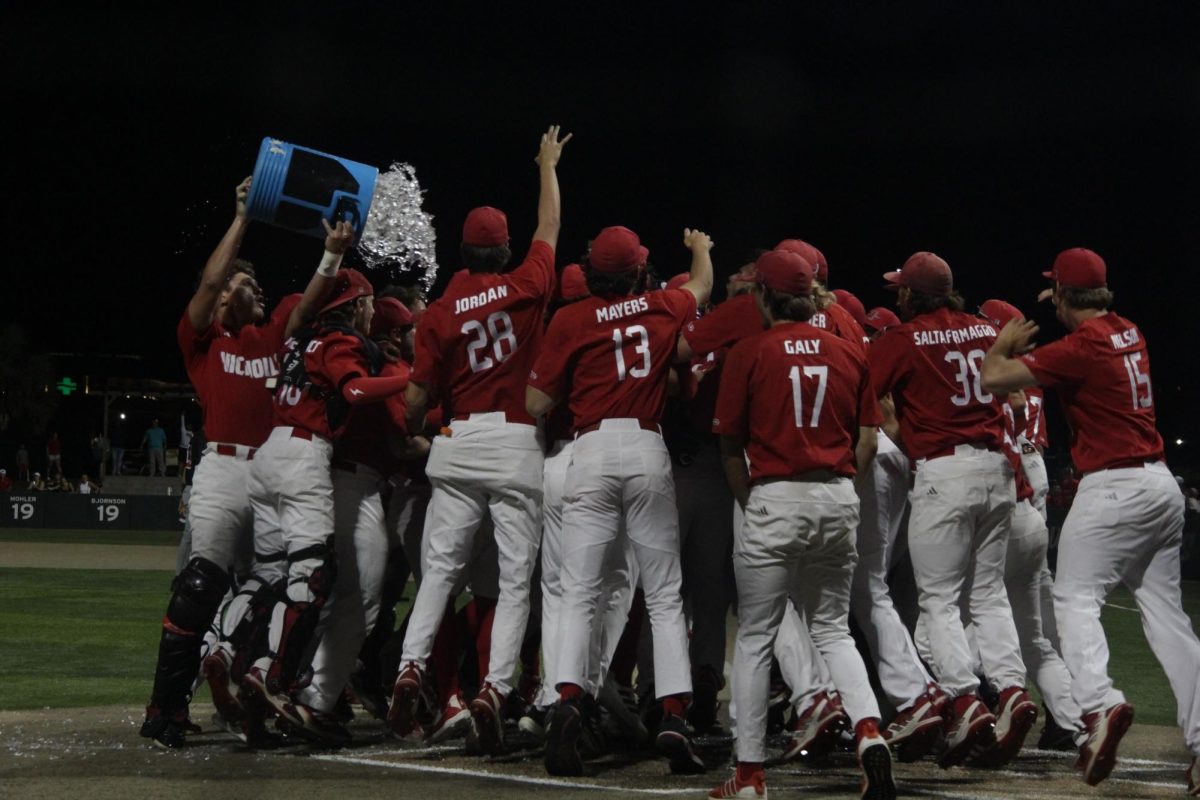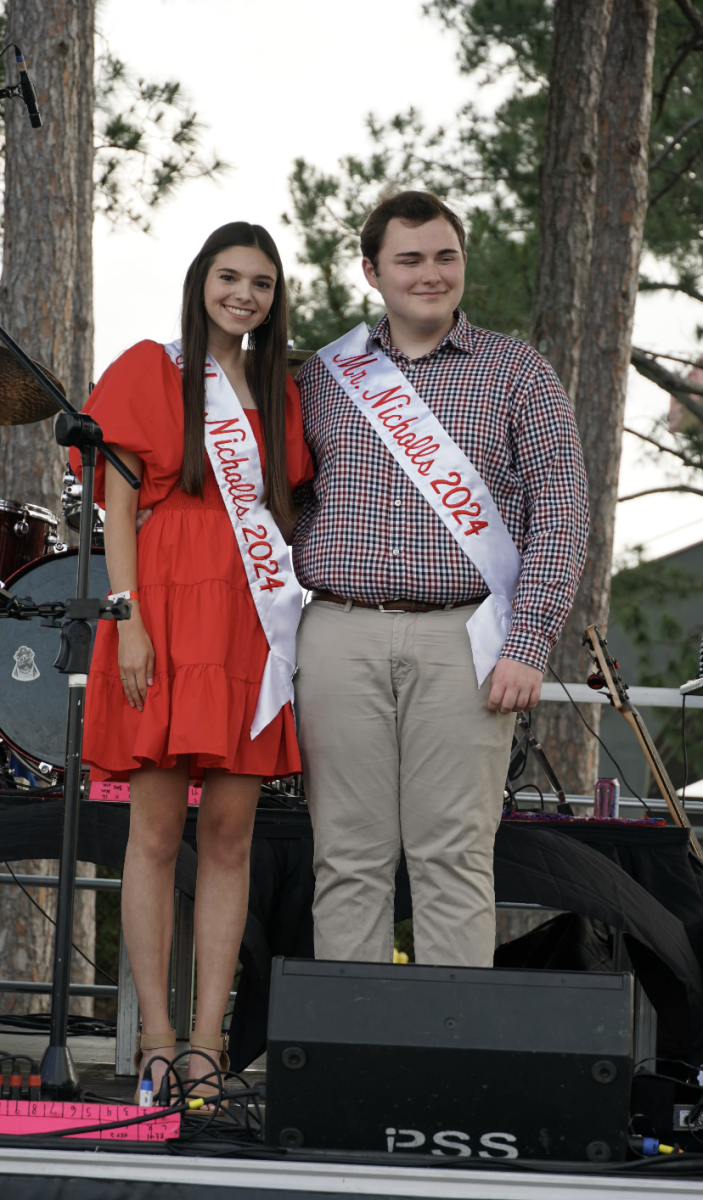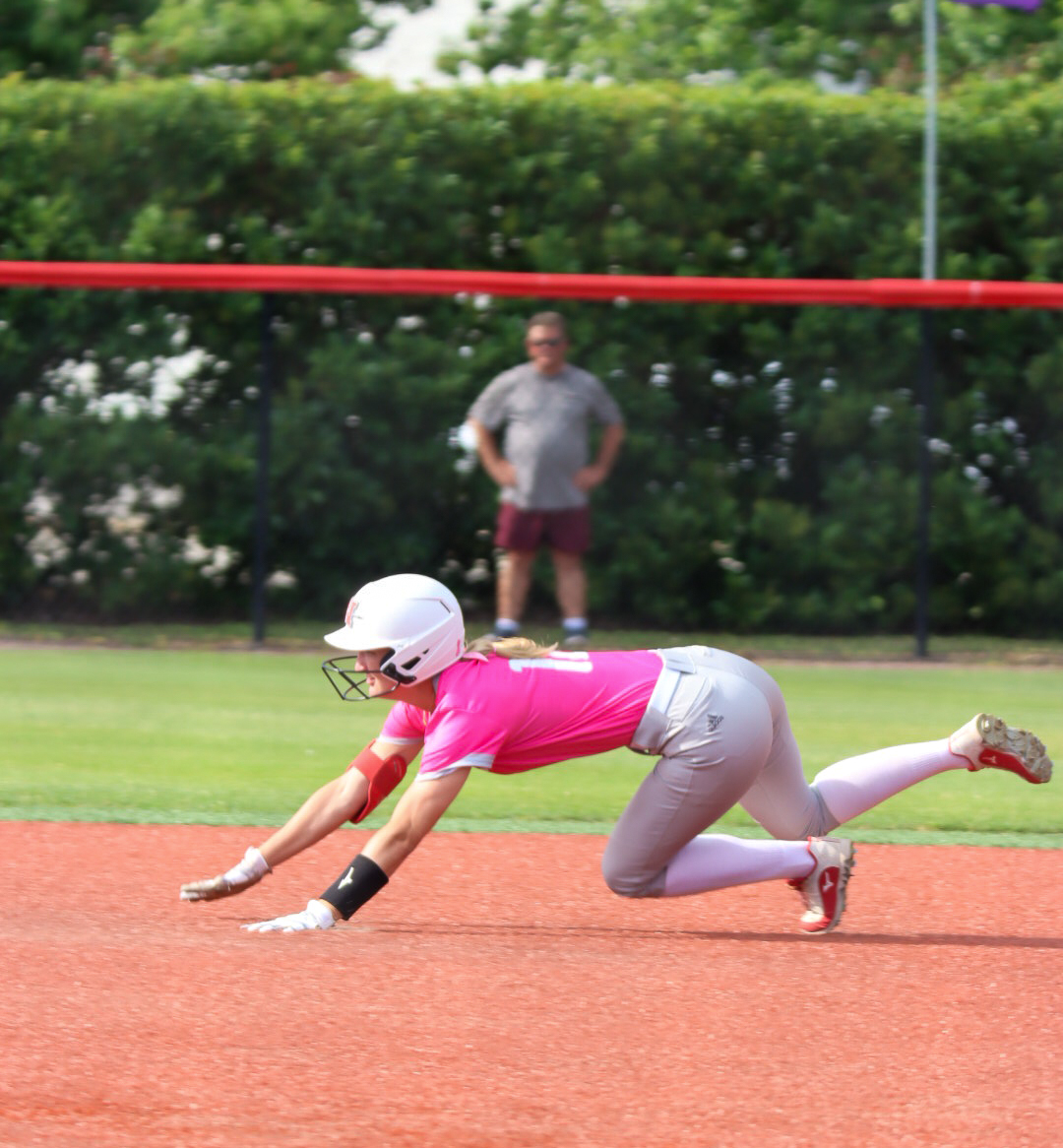Since March 29, Colonel senior infielder Anthony Hatch has been out of action with a wrist injury that was later diagnosed as a broken hamate bone, an injury that will keep him out of action for the rest of the 2005 season.In Hatch’s absence, the Colonels are trying to find ways to win without one of their top hitters in the line-up.
“Losing Hatch for the season has certainly had its effects on us,” head baseball coach B.D. Parker said. “Anytime you lose someone who was hitting as well as Hatch was for us it’s going to have its effects.”
Before the injury, Hatch was hitting .393 with six home runs and 29 runs batted in.
Parker said replacing a guy like Hatch is easier said than done.
“There is really no one guy who can replace Hatch,” Parker said. “Guys like Bubba Bell and Josh Thomas have been playing well for us lately, but finding just one athlete to replace Hatch is difficult.”
Senior outfielder Bubba Bell said the team has to find ways to succeed without Hatch.
“It’s been a tough couple of weeks without Hatch,” Bell said. “As big of a hole that it is, we have to put the pieces together and find ways to play well and win without him in the lineup.”
According to head athletic trainer Jeff Smith, the hamate bone is located on the palm side of the hand.
“The hamate bone is one of eight small bones in the wrist,” Smith said. “It is uniquely shaped and can also be identified as the hook of the hamate bone.”
“This injury usually isn’t common in sports, but when it does happen it’s a baseball injury,” Smith said. “It’s usually on the bottom hand of a batter where the bat rolls across the handle. In this case the handle rolled across and caused a chip fracture in the bone.”
Although Hatch felt the injury on March 29 in the game against Tulane, he said he believes the injury originally occurred against Southeastern.
“Against Southeastern on the Sunday before Tulane I felt pops in my hand, but didn’t have any pain,” Hatch said. “I felt the same pops against Tulane during my first at bat, but I felt plenty of pain. I think I started the injury against Southeastern and finished it off against Tulane.”
Smith said when it comes to healing the hamate bone, one of two methods can be taken. The injury can be left to heal naturally, which can take from six to eight weeks, or surgery can be used to speed up the healing time to four to five weeks.
Usually, when a hamate bone injury occurs, surgery is the best way to go.
“If you have surgery, then the chipped piece is removed so you can’t fracture it again because it’s not there,” Smith said. “If it heals naturally there is still a chance it could fracture again.”
Surgery was the option Hatch chose to take as he underwent surgery on Friday and can start swinging a bat once again in four weeks.
“After being injured for the last couple of weeks I can finally start the healing phase,” Hatch said. “I can’t wait to get back out there and start swinging because there wasn’t much that I could do over the last couple of weeks.”
With this being Hatch’s senior season, the Colonels are trying to get a medical red shirt for Hatch so he can play for one more season. Hatch said he’d keep his options open.
“I definitely have the options of going pro,” Hatch said. “I’ll just have to wait and see. If the right situation arises then I’ll go pro, if not I’ll take my red shirt and worry about everything next season.


![Assistant coach Cody Livingston [#53] talking with pitcher Nico Saltaformaggio [#38] on the mound(5/12).](https://thenichollsworth.com/wp-content/uploads/2024/05/LivingstonNicoHuddle-vs-Lamar-1200x800.jpg)




